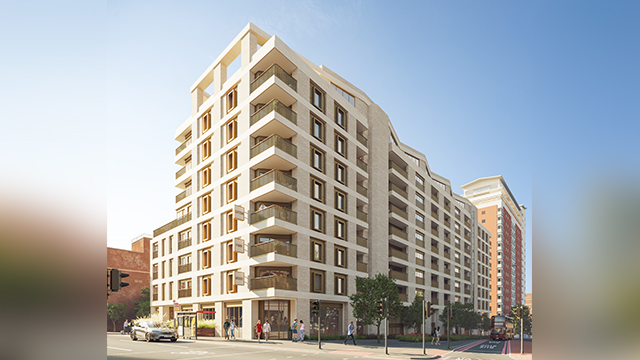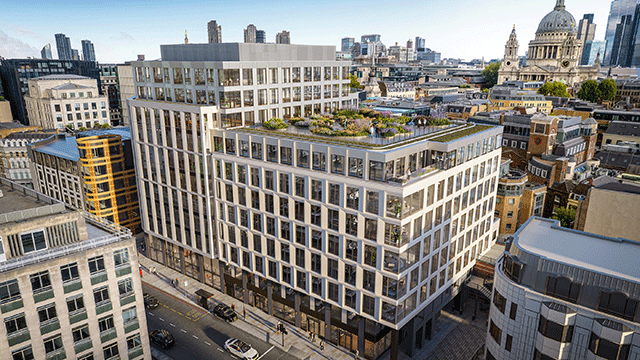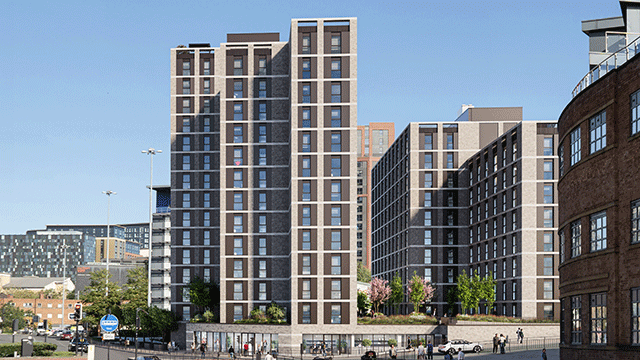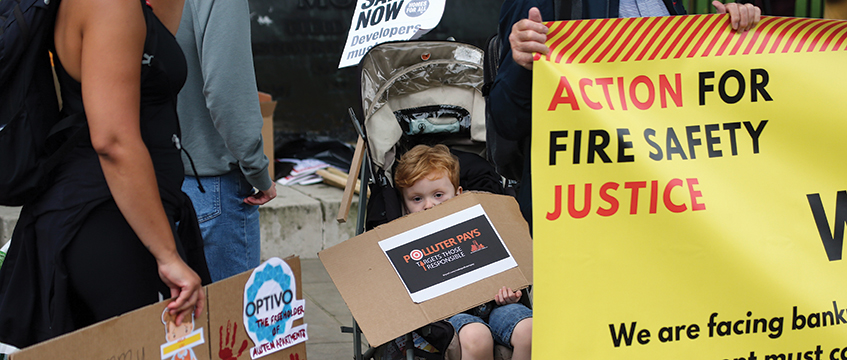Property must fight or fall victim to the development tariff, stormy weather is here to stay, and Granada’s buses are the future, says John Gummer
EG’s revelation last week (2 February, p65) of the hidden agenda behind the government’s planning proposals has displeased ministers. Their air of injured innocence has worn remarkably thin as they thrash around avoiding questions about the real purpose behind the development “tariff”.
The Chancellor, however, admits that he is strapped for cash. With less buoyant revenues and growing demands from the public services, he has already signaled tax rises. He proclaims the NHS as his mission and recognises what an expensive mission it will be. No wonder he is looking to the “betterment tax” as a means of reducing direct government spending on the local authority services provided in affluent districts. They have the most to gain from the land price-linked tariff and will provide Brown with rich pickings as he claws back their profits by reducing their revenue grant.
The Chancellor has calculated that the property industry will be a pushover yet again. He remembers its failure to defeat the enhanced stamp duty on commercial property and believes that developers will be unfocused and divided this time.
The trouble is that too many, bruised from battling with the present haphazard system, take the view that the new proposals can’t be worse. It’s certainly true that everyone will know that they’ll have to pay up. What is not true is that there will be any less haggling or any less variation round the country. The tariff can only be indicative because no two sites are the same and every local authority will argue that they are entitled to more than the developer believes is reasonable.
Initially, rates may well be reasonably pitched but, once introduced, this is a tax that is supremely easy to raise. In a world where estate agency is beaten only by politics as the ordinary punter’s most unfavoured profession, it will provide the easiest tax hike of all. That means the Tories will oppose its introduction but no future Tory Chancellor will seek its repeal! So, this is our one and only chance. The industry must get its act together now and fight on a united front or in future it will be well and truly clobbered.
Windy city
Last week, as some of the strongest winds since 1987 tore their way across much of the North, the wind speed on the top of Ben Nevis reached 120mph. Power lines came down, trains were cancelled, and bridges were closed to traffic. In York a woman was killed by falling masonry and there were several other deaths in overturned cars. Weather experts warn us that that global warming means that the extremes of weather are likely to become ever more regular.
In the City, investors are looking askance at the higher insurance premiums and increased environmental liabilities that this pattern indicates. Property shares are likely to be marked down as the full significance of exposure to wind and flood becomes apparent. Of particular concern is the effect on maintenance costs.
Horribly illustrative of what that means is the case of Australian backpacker Christine Foster. Eighteen months ago, while waiting on tables outside Ryan’s Bar in Edinburgh, she was killed by a coping stone that had slipped from the roof of the building. At least six others were injured as the stone fell through a glass canopy. An inquiry now taking place has revealed that the building was 207 years old when the accident occurred and had been due for an inspection. However, the council’s private property repair department that should have carried out the work had been closed because of lack of money. With 5,000 Georgian buildings in Edinburgh alone – all in need of constant attention and repair – this issue will run and run.
Spanish customs
With our infrastructure on critical alert and public transport showing further signs of decline and decay, we Brits ought not to be too proud to copy others’ success. Last weekend, in Granada, I was impressed by the simple efficiency of the local bus system. Narrow streets, sharp descents, and right- angled bends make this the least car-friendly of European cities. Yet it is easy to get around on frequent, clean buses running on well-designed routes. Each stop provides such clear information that even my mother would have been able to find her way. Flat fares of 50p make travel cheap as well as easy.
Why can’t we have the same in our city centres? Instead of double deckers running on long routes planned in the age of the tram, we need lots of small buses running on relatively short routes at very frequent intervals. Come on Ken, isn’t this what your congestion tax is for?










